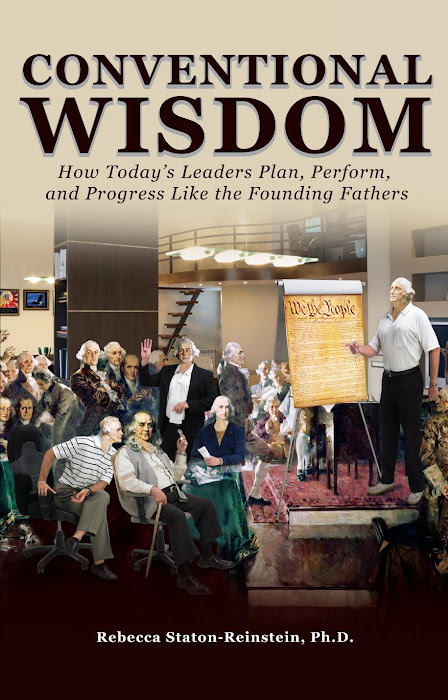
- With no central currency or monetary policy, states printed their own worthless paper money, driving triple-digit inflation.
- Inflation led to foreclosures on many farms in the largely agricultural nation.
- Taking matters into their own hands and led by Revolutionary soldier Captain Shays, a gaggle of Massachusetts farmers closed down the courts that were taking their farms, and marched on the arsenal in Springfield, declaring a second revolution. Although they were routed by the state militia, Shays' Rebellion sent a shock wave through the country.
- The British, Spanish, and French were circling like vultures waiting to pick apart the new nation like road kill.
- Meanwhile the states were feuding with one another over boundaries, fishing and navigation rights, and trade. Several were preparing to go to war while others considered abandoning the fragile union and going it alone or allying with a foreign power.
- And what of the Confederation Congress? It was impotent since it could not impose any legislation on the sovereign states and could only beg for money, which was seldom forthcoming. The Articles could not be amended unless all 13 states agreed and that seldom happened.
As the Convention ebbed and flowed, the delegates used many of the techniques we recognize today as strategic planning. In my new book, Conventional Wisdom: How Today's Leaders Plan, Perform, and Progress Like the Founding Fathers, 20 contemporary leaders describe how they use these same techniques.
- Luda Kopeikina, CEO of Noventra, describes how she encourages debate and idea generation.
- John Zumwalt describes how he uses a common mission to drive successful action at PBSJ just as that quintessential mission statement, the Constitution's Preamble, sets out our country's mission.
- Howard Putnam, an early CEO at Southwest Airlines, used his planning session to set the floundering company on a new path and unite his team behind it.
- Michael Howe describes his evolution as a strategic leader who decided to change the face of health care.
- Alan Levine, now Secretary of Health and Hospitals for Louisiana, relates how he turned a county health care system into a world-class operation delivering high value to patients and lower costs to tax payers.
What can we learn from these remarkable anniversaries?
In times of crisis -- seek bold, break-through solutions -- reject the status quo and your comfort zone -- stick to your mission.
(c) Rebecca Staton-Reinstein
Check out the book for more tales of strategic leadership both at the Constitutional Convention and in today's successful organizations. http://ConventionalWisdomCenter.com/
To keep up with the latest news, sign up for the newly revamped Conventional Wisdom (Strategic Advantage) newsletter http://www.AdvantageLeadership.com/newsletter.html






No comments:
Post a Comment